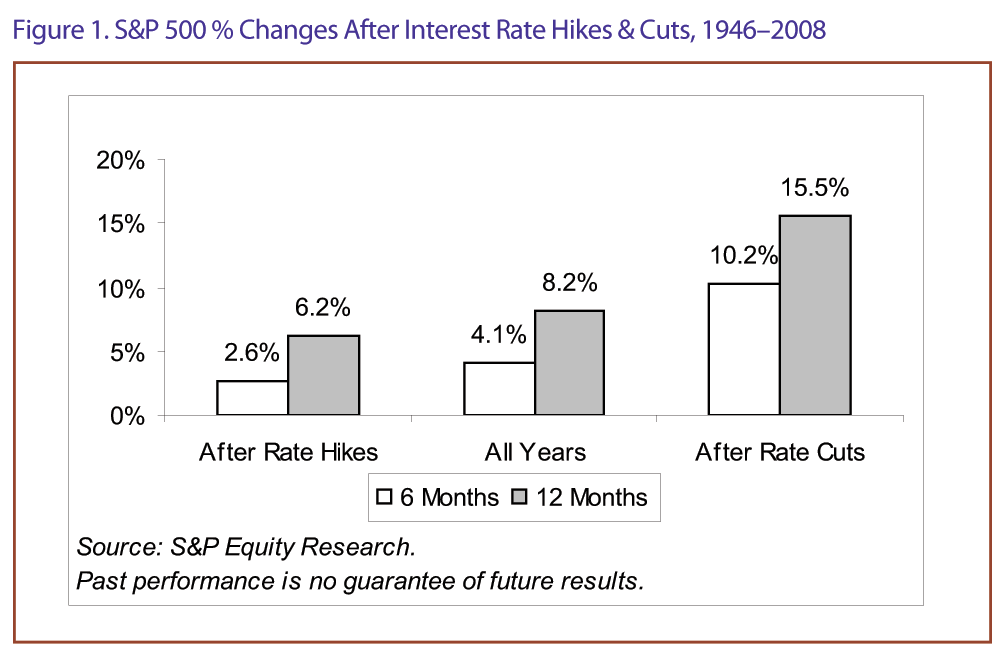Adjusting your portfolio to beat rising interest rates
Post on: 2 Апрель, 2015 No Comment

All good things must come to an end.
Unfortunately, for anyone with a bond allocation, that includes rock-bottom interest rates.
Pavlen | E+ | Getty Images
There are various strategies investors can use to help offset the impact of rising rates, but in order to avoid taking on substantially more risk in your portfolio, your best bet is to implement a combination of strategies.
The worst thing you can do is think there’s one single panacea to the problem, said David Lafferty, chief market strategist with Natixis Global Asset Management.
There are lots of things you can do, but every one thing that helps you manage interest-rate risk by itself has a downside risk, he added. There’s no free lunch when it comes to reducing exposure to higher rates, so you want to take a diversified approach.
Lafferty, who believes rates could hit the mid- to high 3 percent range by the end of this year or early next, said that now is the time to be making portfolio adjustments. Interest rates are notoriously difficult to predict, he said. They can move very quickly, and it’s difficult to react to rates, so you want to be out in front of it.
Scott Cramer, president of financial advisory firm Cramer & Rauchegger, said reducing exposure to long-term bonds should be first on investors’ priority list.
If you are going to use bonds, stay in short- or medium-term bonds, he said, as they will be less sensitive to rising rates.
Bond prices and interest rates have an inverse relationship: As interest rates rise, bond prices fall. Longer maturity bonds are more vulnerable to rising rates because they are locked into rates for a longer period of time.
However, Cramer added that although some investors view shorter-duration bonds as a quick and easy solution to combat rising rates, the downside is that the shorter the duration is, the lower the yield will be. That means less income potential.
Another strategy in times of rising rates is to invest in floating-rate securities—such as bank loans and Treasury Inflation-Protected Securities—which have adjustable, rather than fixed, interest rates, making them less sensitive to rate increases.
Jeff Bakalar, co-portfolio manager of the ING Floating Rate Fund and the ING Senior Loan Fund, said bank loans are one of few asset classes that can provide downside capital protection and upside participation in rising rates.
Investors have clearly seen the merit in this strategy. To that point, March 12 marked the 91st consecutive week that bank-loan mutual funds and ETFs have seen inflows of retail cash, according to mutual fund research firm Lipper.
But again, you can’t discount the risks.














